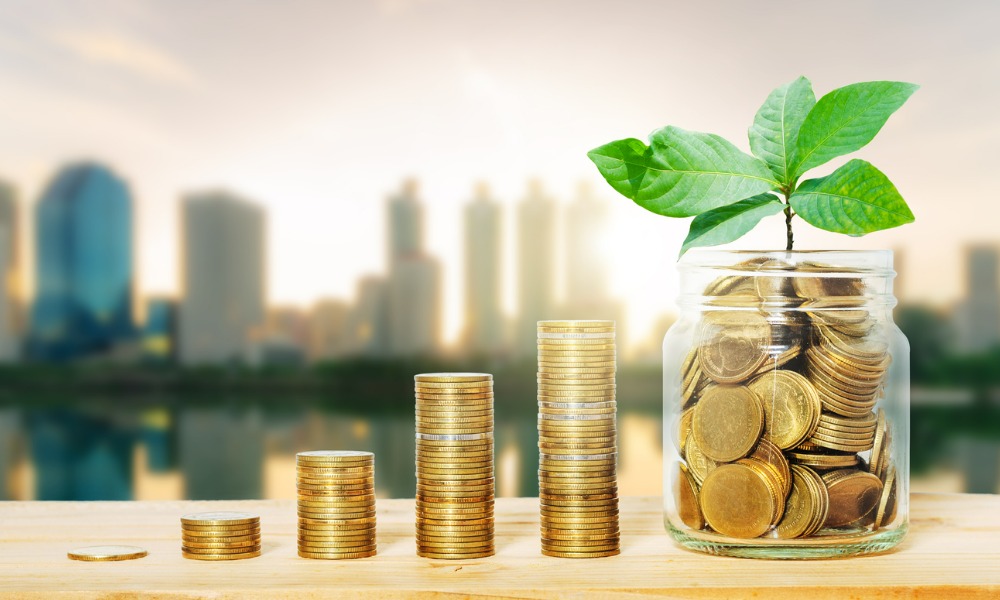GSE sees growth in both its multifamily and single-family MBS

Fannie Mae, the largest green bond issuer in the world, has released a report detailing the growth and impact of its green bond business over the past year.
Since establishing its multifamily green financing business in 2010 and issuing its first bond in 2012, the mortgage giant has grown the business to nearly $88 billion in green bond issuances as of year-end 2020. Fannie has also expanded its green bonds offering with the issuance of its single-family green mortgage-backed securities (MBS) in April 2020.
In 2020 alone, the firm issued approximately $13 billion of multifamily green MBS and nearly $94 million in single-family green MBS.
Read more: One year in - Fannie’s Green MBS program looks set to stay
These MBS are backed exclusively by loans funding newly constructed residential homes that are ENERGY STAR Certified (version 3.0 or higher). Laurel Davies, senior vice president of environmental, social, and governance at Fannie Mae, explained that Fannie’s green bond offerings are 20% more efficient than single-family homes built to standard building code.
“In our first year, we issued approximately $94 million in single-family green MBS. While that represents only a small part of our overall single-family business, we are still in the early stages, which is by design,” Davis said. “We started small, so we can develop this robust single-family green business over time to meet market demand. As our track record with multifamily green financing has shown, we can – and we intend to – leverage our scale and capacity to continue to build the green bond market through both our single-family and multifamily issuances.”
The goal, according to Davies, is to promote the growth of an active, global green bond market – one that supports more affordable and sustainable communities and reduces housing’s environmental impact.
“Our green bonds reflect Fannie Mae’s long-standing mission to ensure that affordable and stable housing is accessible and that innovative, high-quality green investment opportunities are available for fixed-income investors worldwide,” she said.
The report – “Our Next Chapter in Green Bonds Leadership” – also showcases the impact of its green financing and bonds, including:
Environmental Benefits
- 9.5 billion kilos British Thermal Units (kBtu) of source energy saved
- 8.5 billion gallons of water saved*
- 634,000 metric tons of carbon dioxide equivalent (MTCO2e) of greenhouse gas emissions prevented
Social Benefits
- $146 million in utility cost savings by multifamily tenants, or an average of $184 per family per year*
- $843 in average homeowner utility cost savings per single-family home per year**
- 872,000 properties retrofitted or green-building-certified*
- 224,000 well-paid jobs created or supported
Economic Benefits
- $9.5 billion in wages paid to construct or retrofit properties, contributing $19.9 billion to US GDP
- $410 million in borrower investment commitment for energy- and water-efficiency measures on 3,696 properties through the Multifamily Green Rewards Mortgage Loans*
- $2.83 in economic output per dollar invested
* Includes estimated impacts only from Fannie Mae Multifamily Green Bonds
** Includes estimated impacts only from Fannie Mae Single-Family Green Bonds



